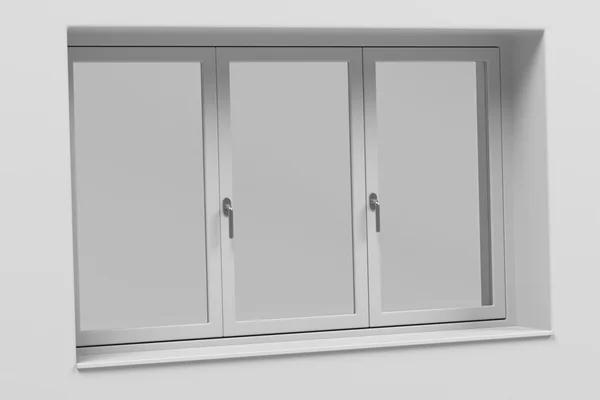Sustainable Practices in Secondary Glazing Production
Sustainable practices in secondary glazing production are becoming increasingly important as industries seek to reduce their environmental impact while maintaining product quality and performance. Secondary glazing, which involves adding an additional pane of glass or acrylic inside existing windows, enhances thermal insulation and noise reduction. This method not only improves energy efficiency in buildings but also extends the life of original windows, contributing to sustainability by reducing waste and minimizing the need for complete window replacements.
One key aspect of sustainable production is the choice of materials. Manufacturers are shifting towards using recycled or low-impact raw materials whenever possible. For example, frames made from recycled aluminum or sustainably sourced wood reduce reliance on virgin resources and lower carbon footprints associated with extraction and processing. Additionally, selecting glass that meets environmental standards such as low-emissivity coatings helps improve insulation without increasing resource consumption during manufacturing.
Energy efficiency within production facilities also plays a crucial role. Many companies invest in renewable energy sources like solar or wind power to run their operations, thereby cutting greenhouse gas emissions linked to traditional electricity generation. Implementing energy-efficient machinery and optimizing manufacturing processes further reduces electricity usage and operational costs. Waste reduction strategies include recycling scrap materials generated during cutting or assembly stages and designing products for easier disassembly at end-of-life, facilitating reuse or recycling.
Water conservation is another important consideration since some secondary glazing london production steps involve cleaning or cooling processes that consume significant amounts of water. Employing closed-loop systems where water is filtered and reused helps minimize freshwater withdrawal while ensuring compliance with environmental regulations governing discharge quality.
Packaging innovations contribute to sustainability by using biodegradable or recyclable materials instead of plastics that persist in landfills for decades. Compact packaging designs reduce material use overall and decrease transportation emissions through more efficient shipping arrangements.
Beyond direct manufacturing practices, companies often engage suppliers who adhere to responsible sourcing policies aligned with international standards such as ISO 14001 for environmental management systems. This ensures that sustainability principles extend throughout the supply chain rather than stopping at factory gates.
Consumer awareness has driven demand for environmentally friendly secondary glazing solutions as homeowners seek ways to lower utility bills while supporting green initiatives. Transparent communication about product benefits related to energy savings, durability, recyclability, and reduced maintenance fosters trust between manufacturers and customers committed to sustainable living.
In summary, integrating sustainable practices into secondary glazing production encompasses material selection, energy use optimization, waste minimization, water conservation measures, eco-friendly packaging choices, supplier responsibility alignment, and consumer education efforts-all contributing toward a greener future without compromising performance or cost-effectiveness in this growing sector.
City Sound Secondary Glazing
367 Chingford Rd, London E17 5AE UK
44 20 8523 3210




